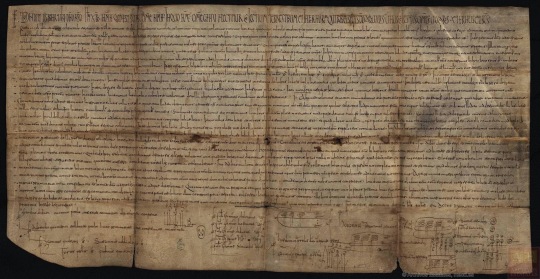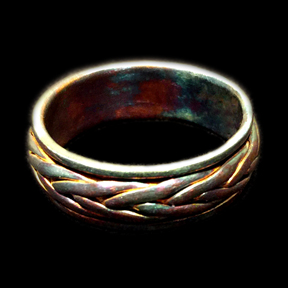Bookbinding: Cleaning a Dried Out Glue Brush
(Previously published in The Muse zine)
I’ve heard it so many times, “I forgot to clean my brush after using PVA (synthetic adhesive). Now I have to throw the brush out.” No you don’t!
- The first thing to try when your brush is stiff from glue is to simply soak the brush in a dish of cold water (hot water may expand the metal ferrule on your brush, causing the bristles to fall out — a great tip for painters too). Soak it for an hour or two (or overnight if you have a lot of adhesive to contend with). This will reactivate the PVA so that you can clean the brush normally. Once the adhesive is out, use a brush cleaner (a cake of brush-friendly soap in a deep jar) to get rid of any globs hiding in the bristles.
- If soaking the brush in water doesn’t do the job and the bristles are still stiff, try this excellent technique.
Put a little white vinegar (maybe a teaspoon or so) in a glass and then fill it to the bottom of the brush’s ferrule with hot water (I know, I know, I just told you not to use hot water, but we’re desperate here). Hot tap water is fine. Put the brush in and let it soak for about 30 seconds. It will come out soft and supple.
Now you have a brush with vinegar (3% – 6% acetic acid) in it. Any binder worth her salt knows that one of the most important things about bookbinding for posterity is to keep the pH as neutral as possible. To neutralize the acid in your brush (raise the pH), dump the water/vinegar out of the glass, rinse the glass and refill it with cold water. This time add just a little baking soda (a base). Use the glue brush to stir the neutralizing solution for about 30 seconds, pressing the bristles against the side of the glass to open them up and let the baking soda into the interior bristles. Rinse the brush thoroughly, again opening it up and rinsing the inside. Your brush should be ready to go back to work.
Sponsored by:
















 The third piece of wire was used to hold the outer ring up and away from the inner ring so that they wouldn’t be soldered together. I fed the wire between the 2 rings and then oozled it around to a position near the seam, but not close enough to accidentally solder the wire to the ring. The thickness of the wire was now giving me the distance I needed between the 2 rings and I was ready to solder as normal.
The third piece of wire was used to hold the outer ring up and away from the inner ring so that they wouldn’t be soldered together. I fed the wire between the 2 rings and then oozled it around to a position near the seam, but not close enough to accidentally solder the wire to the ring. The thickness of the wire was now giving me the distance I needed between the 2 rings and I was ready to solder as normal.